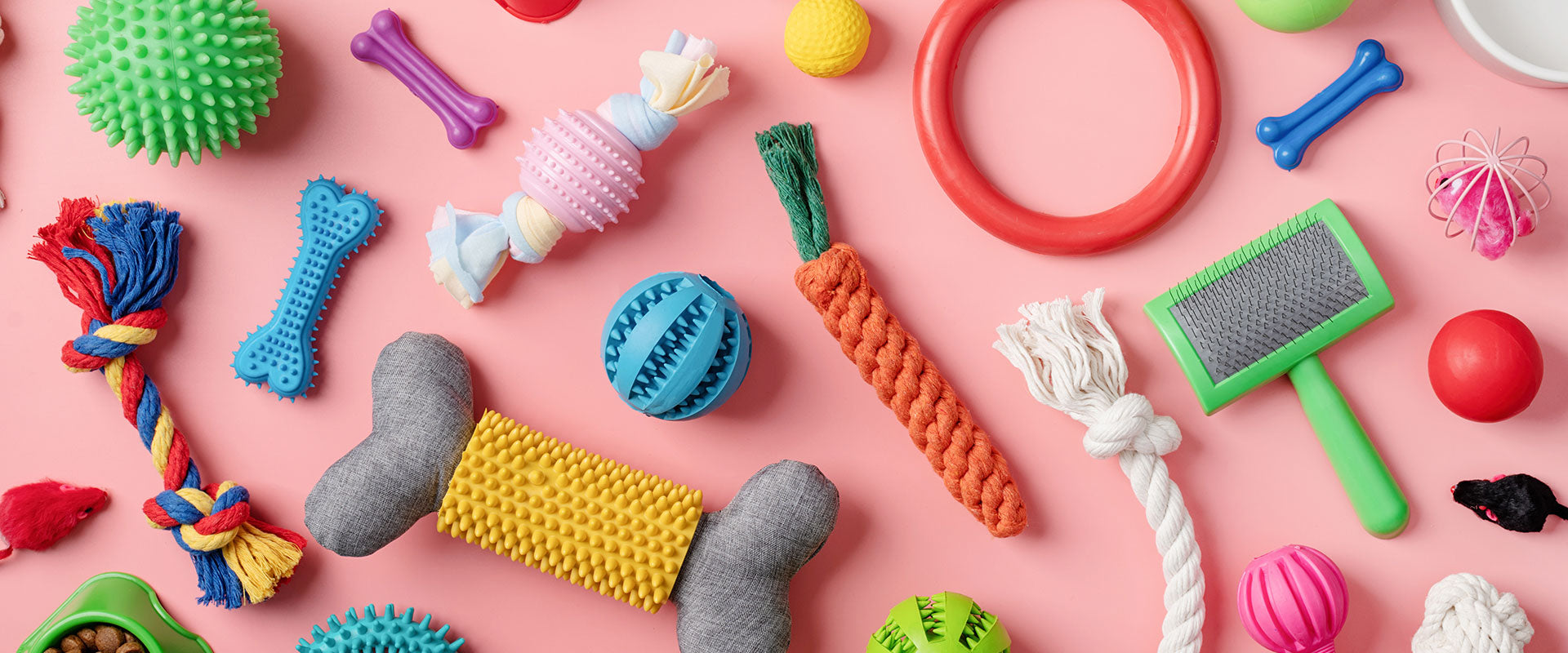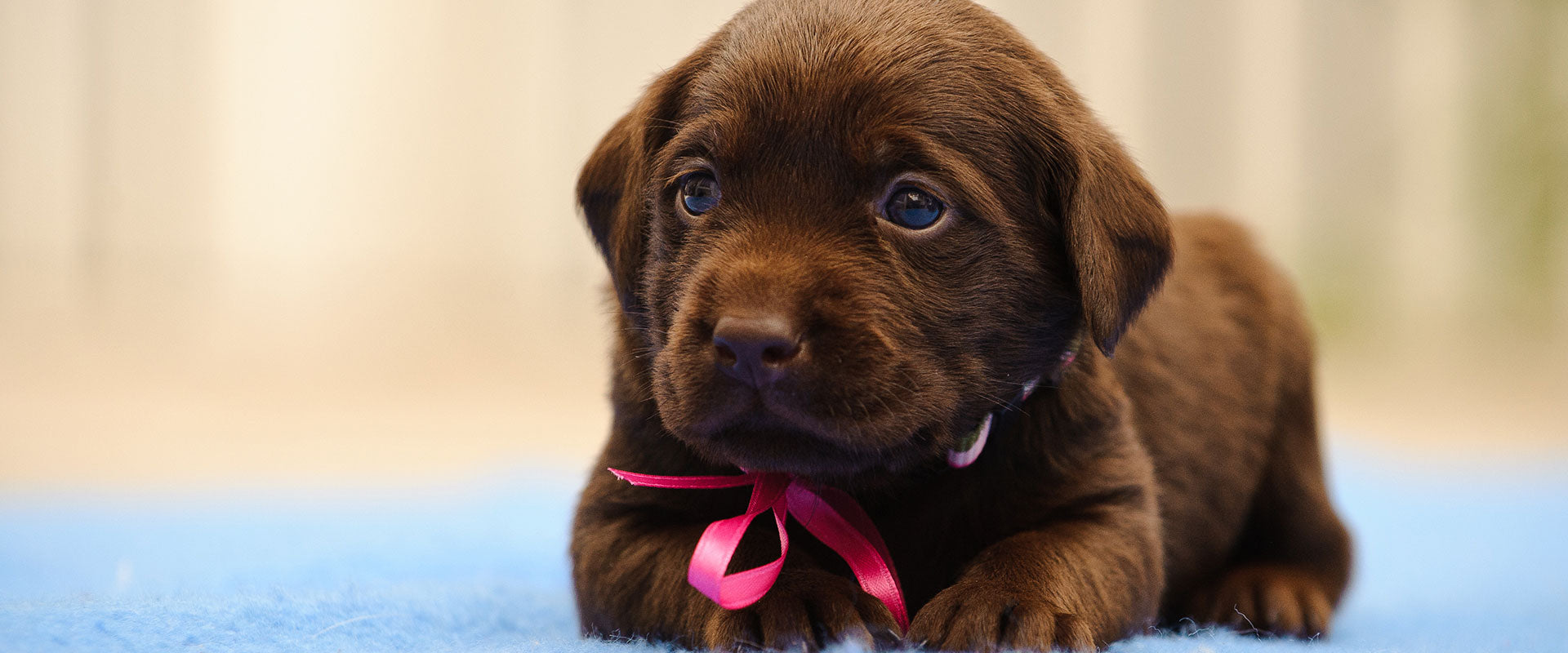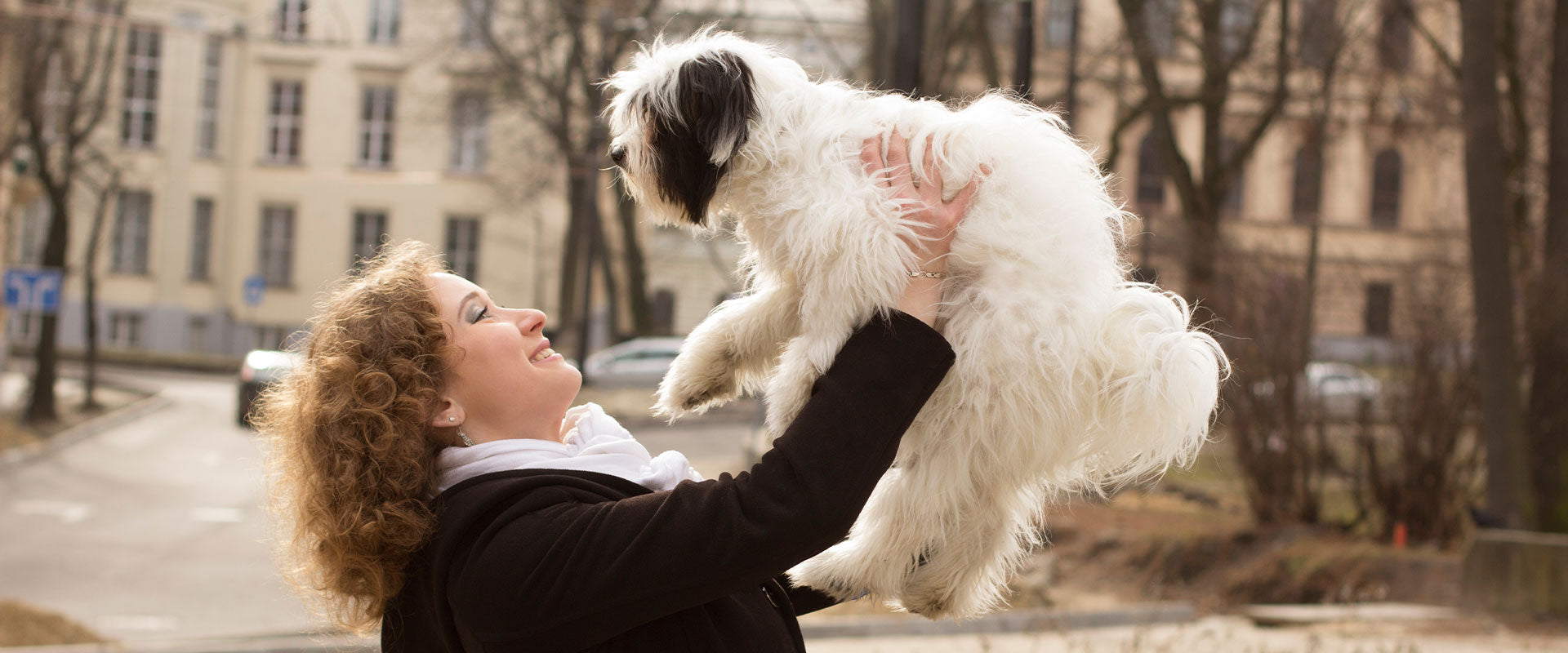
These Are The Best Colors For Dog Toys
Oftentimes, as dog parents, we ponder what our beloved four-legged friends see as they chase a squeaky toy, look out the window at a freshly mown lawn, or snuggle up with us watching the TV. Can dogs discern the same colors that people can? Well, when it comes to the colors we can perceive, doggy vision differs significantly from ours.
Learning your dog's visible color spectrum can help when training them to fetch or react to objects. You can choose toys and other objects that appeal to your dog's chromatic vision and attracts his attention better. If you’ve been wondering what the best colors for dog toys are, read this helpful guide to discover which colors dogs perceive best, which colors they prefer, and what pet parents can do to leverage that expertise.
The Colors a Dog Can Actually See
Folks have been circulating the idea that dogs are colorblind for decades, but this isn’t actually true. Dogs can definitely perceive different hues. However, they do not perceive colors in the exact same manner people do. Although dogs are not colorblind, they possess a far narrower spectrum of visible color range than people. This is due to the fact that our eye contains three distinct color receptors situated inside our retina. A dog’s eye, on the other hand, contains only two color receptors. For this reason, dogs discern fewer shades than people.
Based on what researchers have learned thus far, dogs can only see yellow, blue, and gray tones. There are also some strong scientific theories that the hues which dogs can see look significantly less vivid compared to what we can see. For instance, they will see navy colors as a pale blue shade instead.
The Colors a Dog Prefers
Yellow and blue are the two shades that dogs prefer as they are the hues that canines can effortlessly discern. Dogs will be capable of noticing these easily recognizable colors amid their surroundings that are composed of other shades subdued by their eyesight. As such, dogs would be more likely to enjoy fetching yellow and blue-colored objects. Particularly, if you've ever had the sense that your dog seems terrible at fetching items that are directly in front of him, changing things up with yellow and blue toys is a fantastic idea.
The Colors a Dog Doesn’t Prefer
When pet parents are looking for the best dog toys to buy, they frequently lean toward red toys and items, believing that vibrant reds would attract the attention of their energetic pooch. Many pet parents also think that dogs would find it simpler to locate a bright red toy thrown into a field of grass. However, the truth is that canines have a very difficult time detecting red. Unfortunately, a striking red toy that looks vivid to a person would only look like grayish, brownish, or black tints to a dog.
Those incredibly bright, neon orange colors seen in numerous dog toys are a similar story. Orange toys are intended to appear highly contrasting to dogs, but actually look to them like hues of brownish, rusty gold. Therefore, the reality is that using orange or red toys can make it more difficult for your dog to discern between the field and the item you're throwing to and fro.



